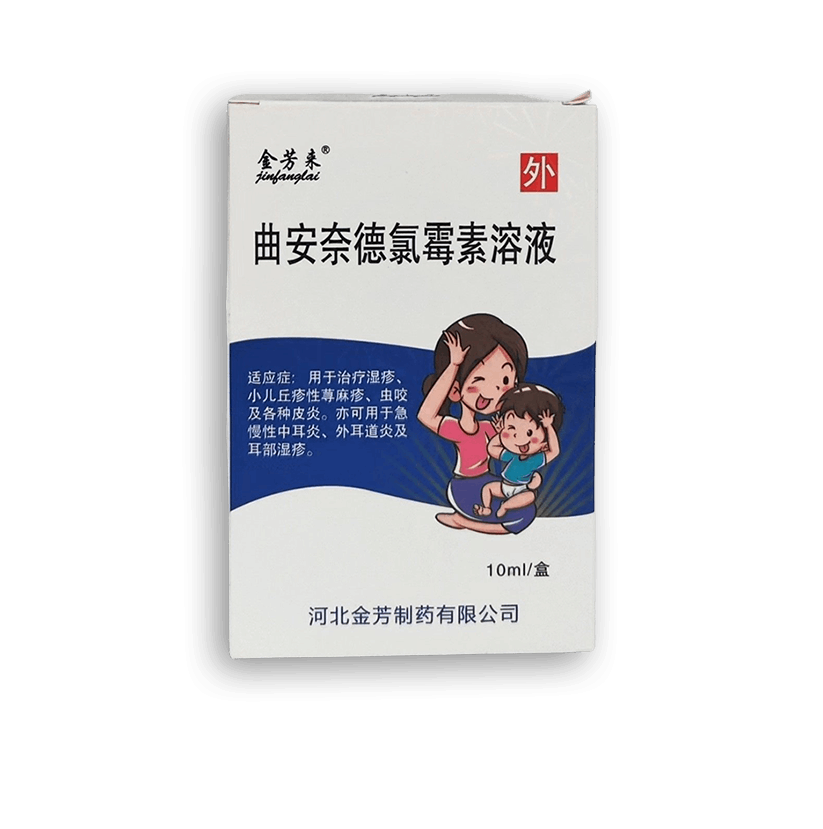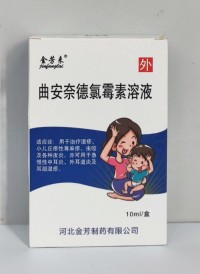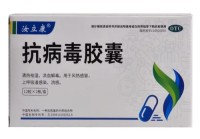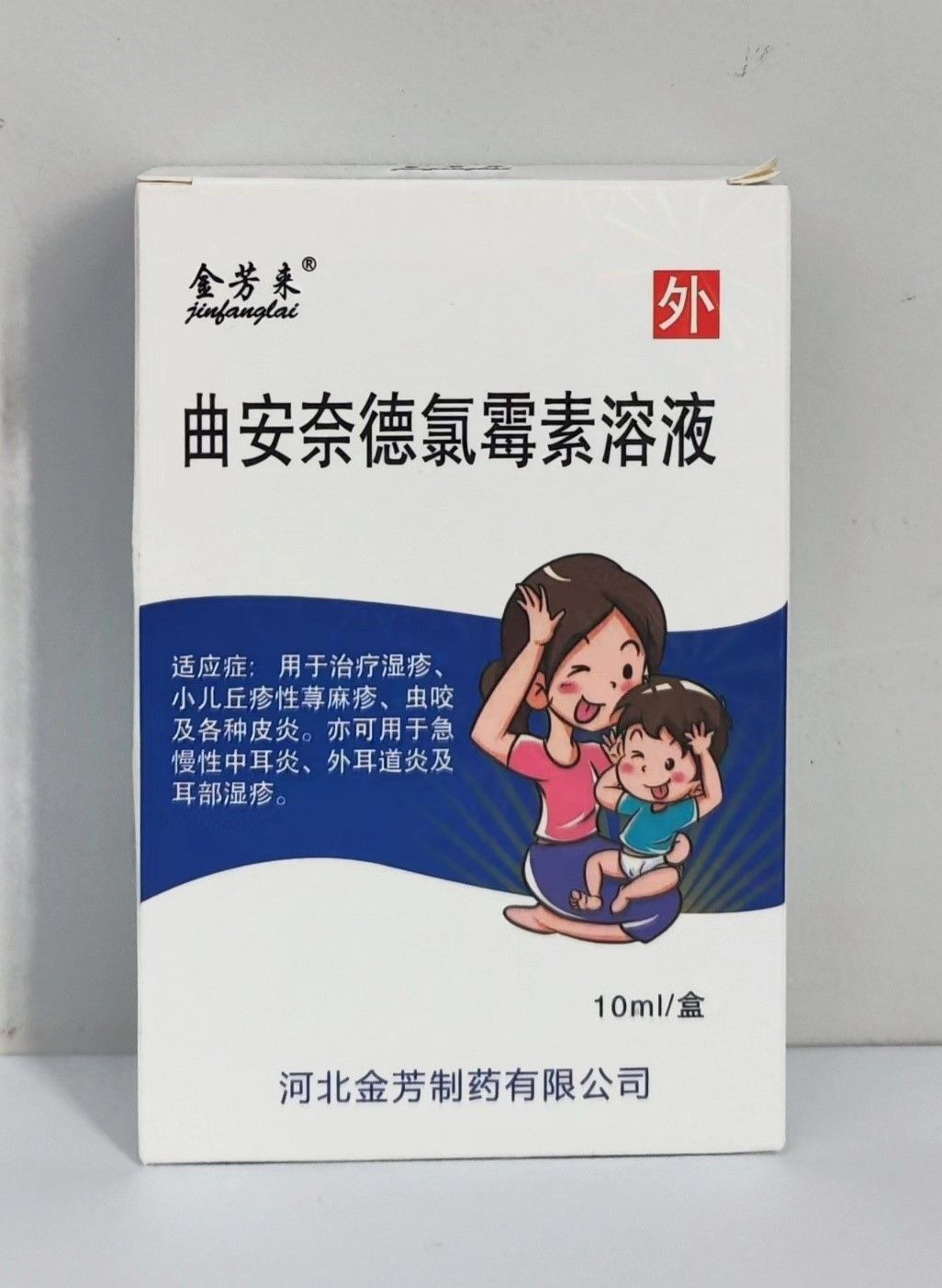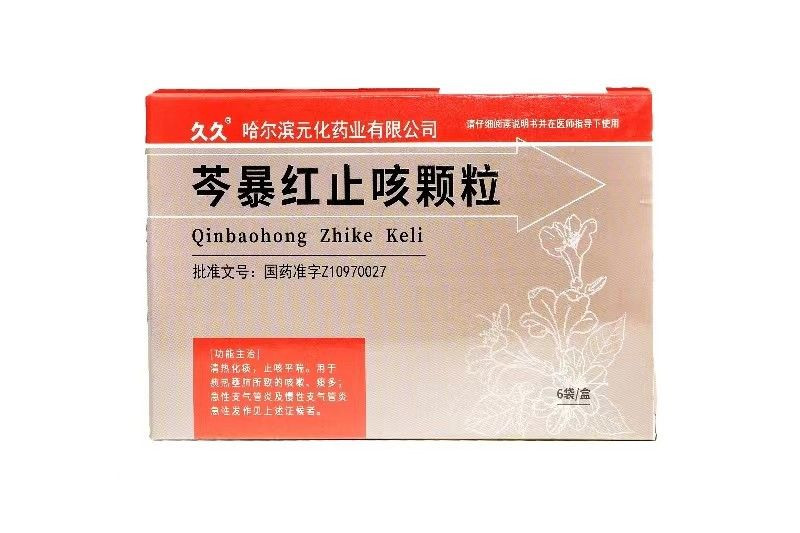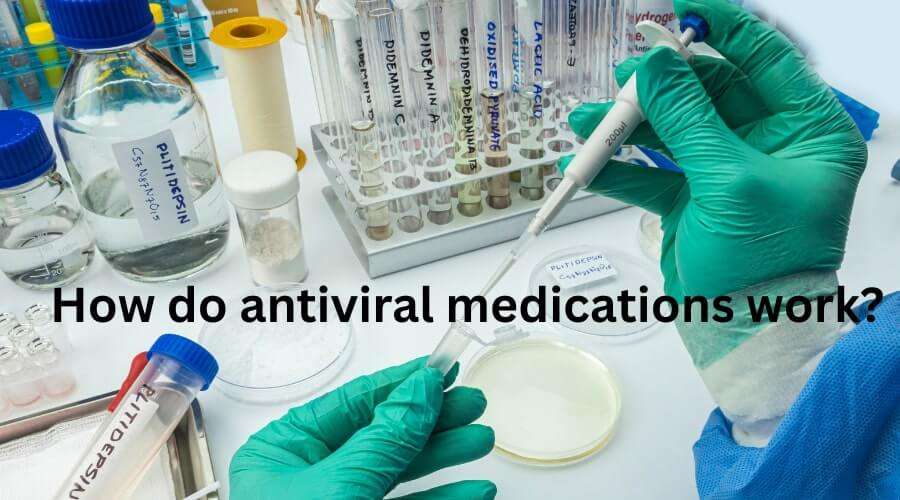27-Aug-2025
How do antiviral medications work?
Antiviral medications have advanced the medical field and patient care significantly. And many of these vaccines have made incurable diseases preventable. We don’t have to look too far in the past to discover their importance. For instance, these anti-viral vaccines saved countless lives during Covid-19 epidemic. Even HIV has become manageable through the use of vaccines. But to understand how these vaccines work, we will have to know about viruses and how they operate spread in the body. Understanding Viruses A virus is a germ that causes illness. However, viruses cannot survive on its own. In order to grow and spread it needs a host. The healthy cells of the body act as a host. Viruses are a source of many lethal and non-lethal diseases, like HIV/AIDS The flu and the common cold Ebola Herpes Hepatitis B and Measles Chickenpox and shingles Covid-19 Viruses and bacteria have different makeup and antiviral medications are targeted to destroy vuruses and not bacteria. For dealing with bacterial infections, antibiotics are the drugs of choice. The breakthrough in treating viruses came with vaccines which were invented later than antibiotics. Let us take the differences if viruses and bacteria in greater detail. Feature Viruses Bacteria Nature Non-living outside host (acellular particles) Living single-celled organisms (prokaryotes) Cell structure Have no defined cell structure. The main structure is genetic material (DNA or RNA) inside a protein coat (capsid) Complete cell with all elements of cell: cell wall, plasma membrane, cytoplasm, ribosomes, and genetic material (DNA) Size They are miniscule (20–300 nm) Much larger in size (0.2–5 µm) Reproduction They are like parasites and are not self-sustaining. Make copies only inside host cells using host biology. Mutate independently by binary fission Genetic material Either DNA or RNA, but not both at the same time. Always DNA (double-stranded, circular) Metabolism Possess no metabolism as they are not self-sustaining. Have metabolic activity (respiration, enzyme production, nutrient processing) Living/Non-living status Considered non-living outside host, living only when inside host Living organisms Treatment Invulnerable to antibiotics. Although some variants prevented/controlled with vaccines or antiviral drugs. Many treatable with antibiotics. Examples of diseases Influenza, HIV/AIDS, COVID-19, measles Tuberculosis, cholera, strep throat, typhoid Beneficial uses Used in gene therapy, vaccine development, bacteriophage therapy Used in food production (yogurt, cheese), biotechnology, nitrogen fixation, gut microbiome health Antivirals: How They Prevent the Spread of Viral Illnesses Viruses spread by replicating and creating copies of themselves. Antiviral medications fight off the virus by blocking this replication process. Each anti-viral is different and takes a different approach to curing a virus, but the basic process always involves disrupting the replication process of a virus. Not every antiviral has an immediate effect. Some only reduce the acuteness of symptoms and reduce the duration of the infection. COVID-19 or flu antivirals work in this way and shorten the duration of virus. However, in chronic viruses, even anti-virus medications are unable to completely destroy the virus. In these scenarios, the antiviral medication reduce the severity of the virus by lowering the amount of virus in the body. This helps in controlling the transmission of the virus. But the danger is always lurking, and if the prescribed dosage is not taken regularly, the virus can quickly regenerate. Antivirals can also be used as preventive medicine to actually protect against viruses. Most of the antivirals are oral medicines, but antivirals also come in vaccine form that can be injected. Antivirals can be given to all ag groups, from adults to children and even pregnant women, but the dosage varies. Anti-Viral Treatment Tamiflu® is for influenza, and Paxlovid® for COVID-19, are often indicated for several days. At times, they may have to be used for a week or even more. These drugs work best when given within 2 days after infection. After this time, their use may still be helpful, particularly if complications may be anticipated. Risk Factors Before starting a course of antivirals, an assessment needs to be done to know about risk factors of the patient. Some risk factors actually increase the likelihood of complications. Some diseases that increase the risk are. Asthma Blood disorders Diabetes Heart disease Kidney disorders Liver conditions Overall health factors also play a part in increasing the chance of side effects from vaccines. Some common factors are Obesity Reduced immunity caused by health conditions or prescriptions Pregnancy Age - People over 65 and older and children under two are highly susceptible Chronic Illness Treatment In serious viruses like Hepatitis B, C or HIV, the sufferer should take antivirals on a regular basis. Even if the symptoms are not there. In case of a diagnosis of these dangerous illnesses, the best course of action is to begin treatment immediately to prevent virus transmission and worsening. Antivirals as Preventive Medicines Other antiviral medications may act in a prophylactic capacity to prevent viral infections once exposure becomes a matter of speculation. PEP or post-exposure prophylaxis is medication administered within 72 hours of potential exposure to HIV in order to prevent a person from getting the disease. There is also a class of medications that can be used in a similar way after potential flu exposure. Antivirals are also used in treating the HIV-infected mother during pregnancy in order to prevent transmission from mother to child. Soon after the birth of the baby, antiviral treatment is likely to be given. Conclusion Yes, some antivirals can inhibit the eruption of viruses after possible exposure, but none are as good as vaccines that keep the viruses away at all times. Antivirals may inhibit virus-related health complications as they reduce severity, but to a degree, vaccines act even better as precautionary measures since they prevent the initial infections entirely. Speak to your doctor about which vaccines you may need. For the immunization schedules by age group, you should look at the CDC's recommended immunization schedules for children and adolescents and adults. FAQs Q1: How do antiviral medications stop viruses? Antiviral drugs work by blocking specific steps in a virus’s life cycle, such as entry into cells, replication of genetic material, or release of new virus particles. This Stops the virus from expanding and dispersing. Q2: Do antivirals kill viruses like antibiotics kill bacteria? No. Antivirals don’t kill viruses directly. They do not kill viruses directly; rather they reduce or halts their replication process to give the immune system time to overcome the infection. Q3: Can all viral infections be treated with antivirals? Not all. Antivirals are designed for specific viruses, such as influenza, HIV, hepatitis, or herpes. For many viral infections, treatment mainly involves rest, fluids, and supportive care.









